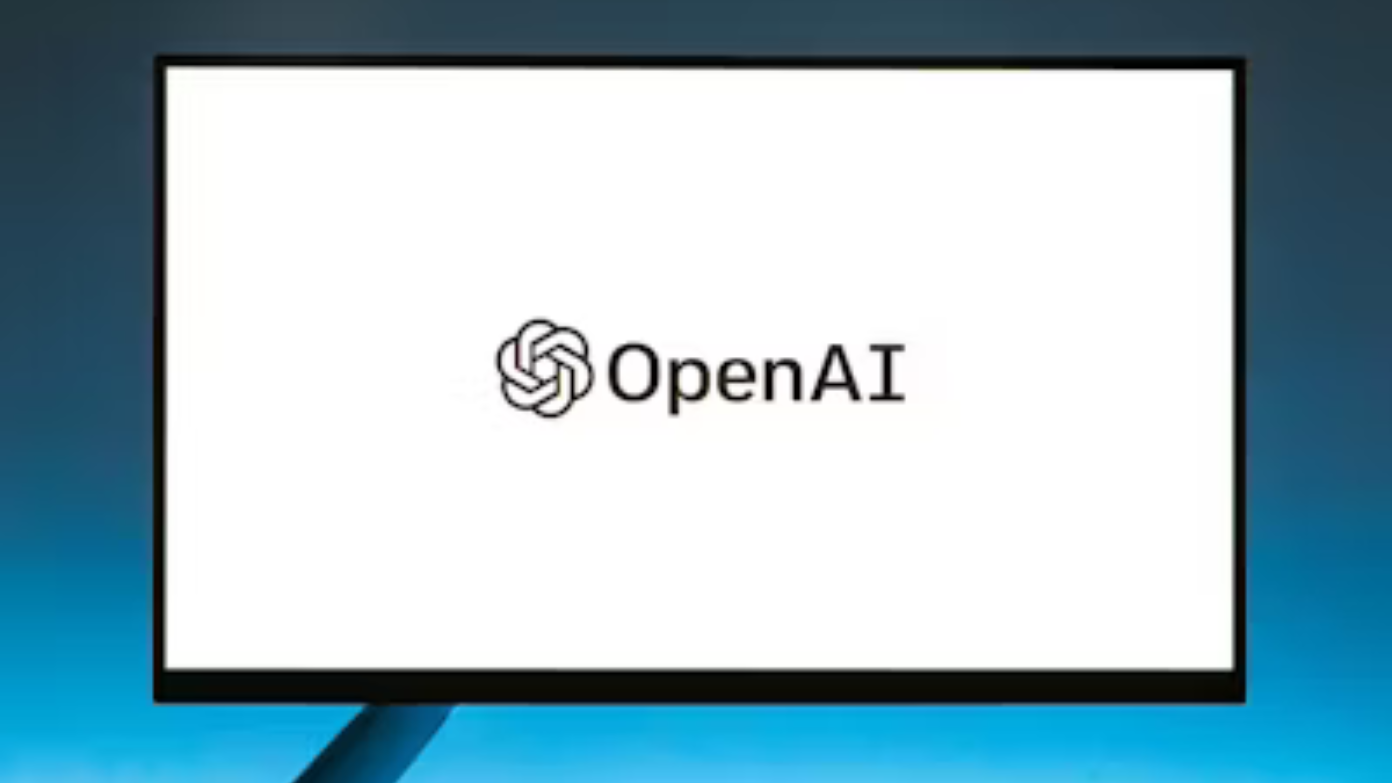Advanced Micro Devices (AMD) experienced one of its largest single-day stock jumps in nearly a decade, jumping more than 30% on Monday, October 6, 2025, following its announcement of a record multibillion-dollar agreement with OpenAI. The deal positions AMD as a serious challenge to Nvidia’s AI chip leadership and grants OpenAI the right to purchase up to a 10% equity stake in the chipmaker.
The deal that shook Wall Street
The large deal is one of the largest AI hardware deals to date, with OpenAI committing to use 6 gigawatts of AMD’s Instinct graphics processing units (GPUs) across multiple generations of hardware. It will start with a 1-gigawatt deployment in the latter half of 2026 of AMD’s upcoming MI450 series chips.
AMD’s stock price surged from Friday’s close of $164.67 to approximately $215 in early Monday trading, the company’s biggest intraday gain in over nine years. The surge added an estimated $60 billion in a single day to AMD’s market capitalization, reflecting the market’s faith in the strategic potential of this partnership.
Strategic warrant structure creates unprecedented alignment
Most notably, the agreement includes an innovative warrant structure that AMD has given to OpenAI. The AI company received warrants for up to 160 million shares of AMD at just $0.01 per share, approximately 10% of AMD’s outstanding shares. The warrants will vest in tranches subject to the achievement of specific milestones, including deployment targets and stock price performance of AMD.
The vesting terms are particularly ambitious, with the final tranche requiring AMD’s stock to reach $600 per share – nearly four times its current value. The agreement creates unprecedented alignment between the two companies, with OpenAI’s potential ownership stake growing in parallel with AMD’s success in the AI market.
Financial impact and revenue projections
The agreement is expected to generate “tens of billions of dollars of revenue” for AMD over the course of the agreement. AMD CFO Jean Hu noted that the agreement would be a significant addition to the company’s earnings per share while accelerating OpenAI’s AI infrastructure.
AMD executives estimate that the ripple effects of this deal can generate over $100 billion of additional revenue from OpenAI and other clients over the next four years. The ambitious projection is a reflection of AMD’s optimism that the OpenAI seal of approval will attract more major AI clients seeking an alternative to Nvidia’s dominance.
Competitive implications for the AI chip market
The announcement made headlines in the semiconductor world, with Nvidia’s stock dropping roughly 1-2% in response to the news. This is a significant threat to Nvidia’s complete dominance of the AI chip market, where the company has had its way with its CUDA software stack and H100/A100 chips.
OpenAI’s decision to diversify its chip supply chain reflects a broader industry trend in reducing dependence on single vendors for critical AI infrastructure. The partnership follows closely on the heels of Nvidia’s own $100 billion investment commitment to OpenAI, suggesting that the AI leader is actively overseeing its agreements with multiple chip vendors.
Technical specifications and deployment timeline
The deployment will begin with AMD’s Instinct MI450 series GPUs, which AMD claims will surpass Nvidia’s comparable offerings through the use of hardware and software optimizations developed in conjunction with OpenAI. The 6-gigawatt total capacity refers to the level of computing power to supply some 4.5 million households.
OpenAI is set to build a one-gigawatt facility using the MI450 chips starting in 2026, with revenue recognition upon immediate deployment. The multi-generational nature of the deal means that future versions of AMD’s Instinct line will be powering OpenAI’s growing infrastructure demands.
Market reactions and industry analysis
The positive market response reflects growing confidence in AMD’s AI strategy and its chances of stealing market share from Nvidia. Wedbush analysts further commented that “any lingering concerns around AMD should now be put to rest” as the deal provides an enormous platform to capitalize on the AI revolution.
The broader technology sector was also given a lift by the news, with the Nasdaq rising 0.3% as other AI-related stocks like Palantir (up 2.9%), Intel (up 4%), and Tesla (up 3%) also rose. That the positive sentiment is indicative of the market’s view of AMD’s partnership as confirmation of the growth prospects of the overall AI ecosystem.
The partnership between OpenAI and AMD is a milestone in the AI hardware space, upending established market dynamics while creating new opportunities for innovation and competition. With AMD poised to deliver on its ambitious commitments, the semiconductor industry holds its breath to see whether this deal will reshape the competitive landscape that has for so long been dominated by Nvidia’s technological leadership.
Read more: Shares of Netflix down again as Musk pushes drive to ‘cancel’ the streaming platform

